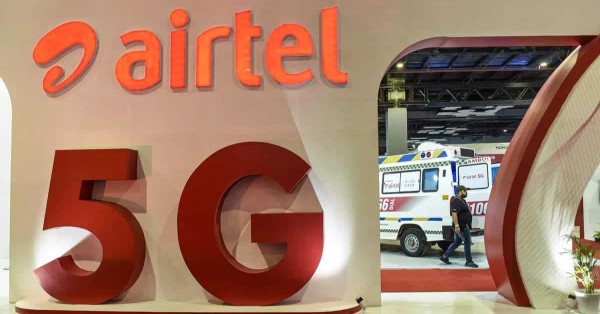TextNow Expands with Free Unlimited Talk and Text
TextNow, recognized primarily as a texting app, has evolved into a full-fledged wireless provider, joining the ranks of services like Mint Mobile and Cricket Wireless. Starting today, TextNow is rolling out its new Free Essential Data plan, which provides unlimited talk and text, along with limited data access—all at no cost, courtesy of integrated advertising.
TextNow’s Growth: From College App to Top Service Provider
Originating as a student project at the University of Waterloo, TextNow has grown into the largest provider of free mobile phone service in the U.S. What began as a simple app designed to circumvent costly text charges from carriers like AT&T has transformed into a comprehensive mobile service supporting millions of users with free communication solutions.
TextNow’s Free Data Plan: Empowering Users Nationwide
TextNow’s latest offering, the Free Essential Data plan, marks a significant enhancement from its previous services. Users can now access data for over 25 critical apps including Apple Maps, Google Maps, Waze, Uber, Lyft, and various email services like Gmail and Microsoft Outlook 365. This move coincides with the phase-out of the Affordable Connectivity Program (ACP), positioning TextNow as a sustainable alternative not reliant on government subsidies.
Getting Started with TextNow’s Free Data Plan
To take advantage of this offer, customers need to download the TextNow app, sign up, and order a SIM card for a one-time fee of $4.99. The plan facilitates calls primarily over Wi-Fi and utilizes T-Mobile’s 5G network for cellular connections, continuing the service coverage that began with Sprint and smoothly transitioned after their merger with T-Mobile.
TextNow’s Flexible Paid Data Plans
Beyond the basic free services, TextNow also offers additional paid data plans: an hourly pass for $0.99, a daily pass for $4.99, and a monthly pass for $39.99, allowing up to 10GB of high-speed data. These plans are designed to be flexible, with no contracts, empowering customers to adjust or cancel their services as needed.
TextNow: A Sustainable, User-Focused Approach
CEO Derek Ting emphasizes that TextNow’s operational model is designed to be sustainable without external funding, relying instead on revenue from advertisers.
This model not only supports the longevity of the service but also aligns with the needs of a diverse user base, particularly those in lower income brackets who may prioritize affordability in their mobile service.
User Feedback on TextNow’s Ad-Supported Service
Despite the ad-supported format, customer feedback has been largely positive, with many users expressing appreciation for the access to free services. TextNow continues to adapt and evolve based on user engagement and feedback, ensuring that it remains a viable and preferred option for mobile communication.
The Future of Mobile Communication with TextNow
TextNow’s Free Essential Data plan is more than just a mobile service; it’s a commitment to providing accessible communication tools that cater to the needs of all users, reinforcing the company’s philosophy of adding value without increasing costs. This launch is not just about expanding coverage—it’s about reshaping what consumers expect from their mobile service providers.







































